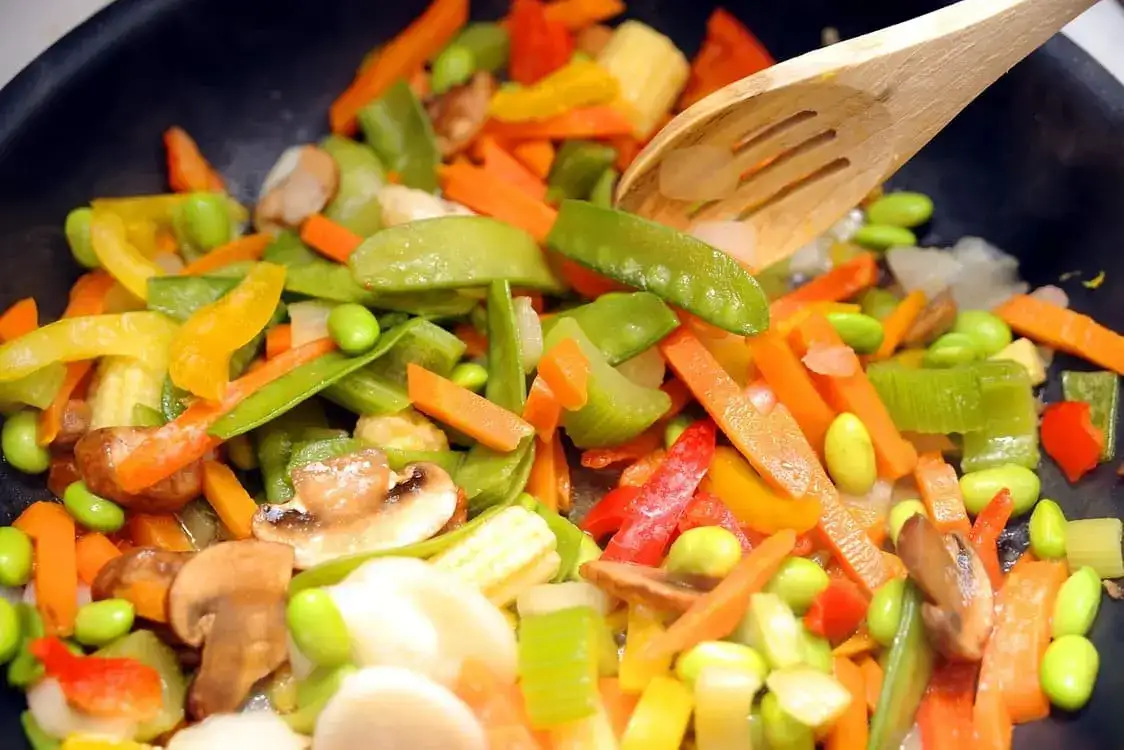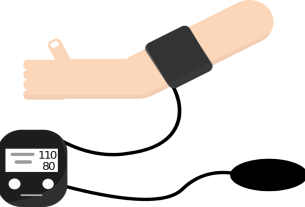Diet is the factor that most influences blood pressure and cardiovascular health. Hence, the need to define the best diet for hypertension. In a previous article on diet and nutrition for hypertension, we stated that the dietary component that most influences blood pressure is salt. That article emphasized the importance of reducing the amount of salt consumed daily. Therefore, it is essential to avoid all foods high in salt.
We should always carefully read the ingredients of the foods we eat. We should avoid salted and preserved foods, as well as sausages and salted nuts. Furthermore, we should also be aware that certain types of bottled water are high in salt. It is also important to avoid using a salt shaker at the table. Food should be cooked with minimal salt. You can flavor it with lemon or vinegar instead of using table salt.
Another significant factor that contributes to high blood pressure is being overweight or obese. Therefore, it is essential to maintain body weight within the recommended range, following a low-calorie diet if necessary. Furthermore, fruits and vegetables, due to their high vitamin and mineral content, are known to contribute to the control of hypertension. Regular aerobic exercise is also indispensable, as it helps control blood pressure. With all these non-pharmacological measures (natural treatments), some patients with mild hypertension do not need antihypertensive medication.
Foods for high blood pressure
This is the general advice given to hypertensive patients as preventive measures and to help lower blood pressure. However, there are other useful components in a diet for hypertension, as certain foods have antihypertensive effects. Foods that are believed to have a positive effect on controlling hypertension include blueberries, flaxseed meal, hibiscus (hibiscus tea), and beetroot juice. Various research studies have shown that these foods are effective in reducing blood pressure in the short and long term. Some have even demonstrated effectiveness similar to that of certain antihypertensive drugs.
The mechanisms of action of these foods in lowering blood pressure are similar to those of antihypertensive drugs. Thus, blueberries promote the release of nitric oxide in the arterial wall, which is a potent vasodilator. Beets contain inorganic nitrate, which is converted into nitric oxide in the body, thus producing vasodilation. The anthocyanins in hibiscus inhibit angiotensin-converting enzyme (ACEI), as do antihypertensive drugs. The mechanism of action of flax is unknown, but the presence of alpha-lipoic acid, lignans, insoluble fiber, and anti-inflammatory peptides may play a role.
On the other hand, it should be noted that some foods promote increased blood pressure. First and foremost, there are foods high in salt, such as ham, sausages, and canned goods. Foods rich in refined sugar also increase blood pressure, so sweets, cakes, and sugary products should be avoided. Likewise, stimulants such as coffee, tea, and chocolate raise blood pressure, so their consumption should be reduced. Finally, alcoholic beverages also raise blood pressure when consumed in excess, especially high-proof liquors.



